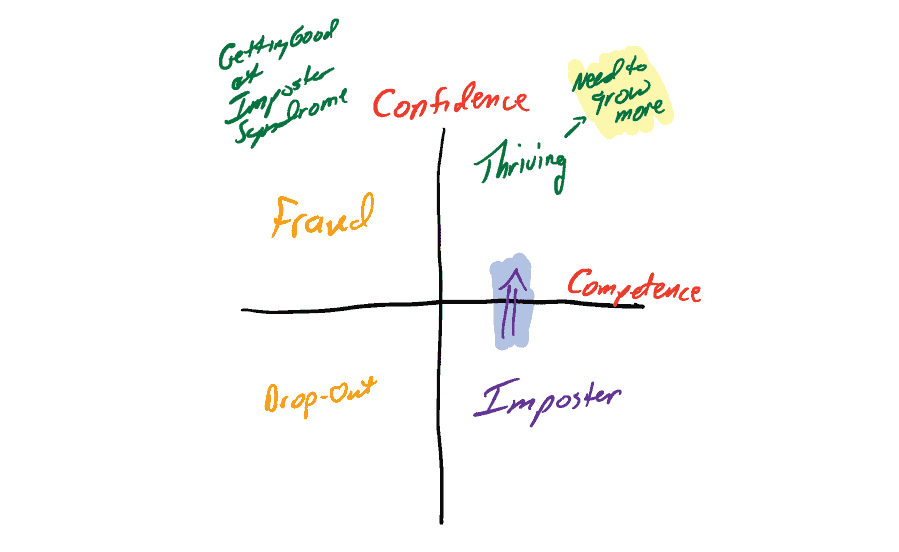Three Days of Antietam and Gettysburg for Lifelong Impact
Could lessons from two Civil War battles help you lead your business into the future?
Is there a possibility that history could be the key to seizing new opportunities for growth and avoiding the pitfalls of inhaling your own gas?
Every year, a small group of leaders travels to Antietam and Gettysburg with me to unpack lessons that can help you get good at getting better in your business.
You will come away from the event with 1mm changes you can apply immediately that solve problems, boost innovation, and help you make the pivotal decisions that drive growth.
It’s a transformational experience with people saying things like:
“This event has given me new tools to de-escalate intense situations, provide perspectives that reframe issues, and gain buy-in for solutions that get results.” Karen Seitz, Founder and Managing Director, Fusion Partners Global.
Return on Experience
Have you ever considered what the return on such an experience might look like?
- What if an experience like this gave you the necessary steps to immediately improve your organization’s hiring, performance, and retention?
- What if this experience connected you with other extraordinary leaders who became long-term trusted colleagues?
- What if you gained new stories, process visuals, and thought leadership that helped you strengthen emotional connections within your organization?
- What if the experience paid lifetime dividends that you could draw from for years?
- What if the break from day-to-day is precisely what you need to reframe your future?
If any of this sounds appealing, I invite you to join us for this experience!
The next event takes place in early June. You can come on your own or bring your significant other if you’d like.
Agenda
June 6 Arrival: break bread and have a scene-setter over a gourmet dinner.
June 7: Go to Antietam to discuss lessons from the bloodiest day in American history.
June 8: Travel to Gettysburg to discuss lessons from the biggest battle on American soil.
June 9: Identify 1mm changes you will apply immediately as you lead your company into the future; depart by noon.
You can expect exceptional wine, food, and accommodations in historic Frederick, Maryland.
The fee before March 15 is only $3500 per person (bring your spouse or significant other for just $500 more); after March 15, the price goes to $4500 (+ $1000 for your +1).
This is a small group; registration will close when we reach seven principal participants.
What do you think? Would you like to join us? Set up a call with me if you’d like to discuss this once-in-a-lifetime experience with me.
















